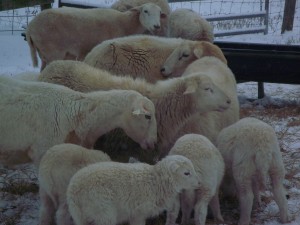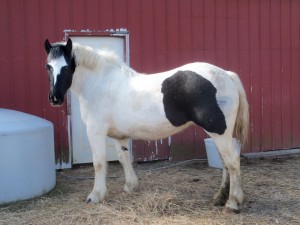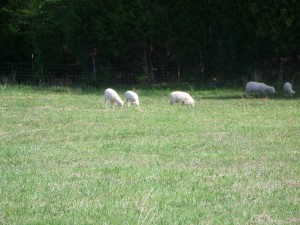I grew up in a household with strict rules. Foremost among them: Get out of the house. When not in school we were expected to be outside. We spent our days doing chores and fishing, looking for pirate treasure along Contraband Bayou or building forts, swimming in ponds or going to the library. Whether on bikes or on the bayou, that landscape was full of kids. On days spent inside because of rain we would play board games or read, watching TV was off limits.
Today, where our farm is located, in East Tennessee, the countryside is mostly empty. You see the occasional activity outdoors, usually men on tractors. But only once in sixteen years have I seen a kid cross the seventy acres of our farm. Never have I had to yell at a kid for building a fort on our land. No kid has ever darkened the door to ask permission to hunt rabbit or squirrel, or fish in our ponds.
There are homes nearby where I have never observed a person outside. Cars appear and disappear in the driveways. But the owners are not once glimpsed. I’ve cut a hay field; long hours, three days in a row and never spotted a person outside a neighbor’s house. A house, I add, that often had four cars in the drive.
While baling that hay on the final day, I saw one of the cars start up and move down the driveway. It drove the 150 feet to the mailbox. A youthful arm extended out of the driver’s window and collected the mail. The car reversed back up to the house.
It would be tempting to ridicule the generation of kids who spend their lives in darkened rooms, zombied in screen-time with their gadgets. But their parents, who by example, are equally to blame. With all of the challenges we face to our civilization and planet, it seems somehow dishonorable to while away one’s life in such an unproductive manner.
That the rural landscape is empty in the very place where hands and eyes are needed is troubling. Wendell Berry and Wes Jackson refer to the benefit of “eyes to acres”. They mean that the understanding and the correction of problems in our landscape begin by an intimate daily familiarity.
In a way, it seems like a modern day Highland clearance; where blame rests partly with forces that have devalued the local in favor of the global, removing those eyes-to-acres. But it is a blame shared by us for our willing collusion in that withdrawal, as passive consumers of this life.
Understanding our land begins with engagement, even if it is just a kid rambling along on an idle afternoon across a pasture and a wooded hill.
Maybe our inner mom needs to say, “Get out of the house! Don’t come back in until dinner.”
……………………………………………………………….
Postscript: Hopefully the weather is finally breaking towards spring. Our final crop of lambs are being born, we have piglets to castrate and potatoes to plant. So the navel gazing tone to this blog should return to more mundane topics of the farm in the coming weeks…or not.



